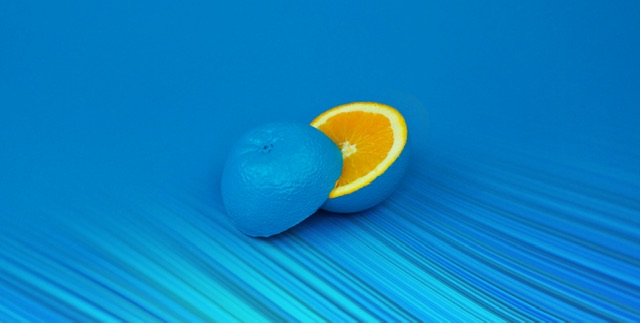The pleasures and the miseries of life are the experiences of the soul-through the body. Ayurved defines body as something that is constantly going through the process of decay — ‘shiryate iti shariram’. Here, decay indicates the gradual ageing of the body. The speed with which one ages decides the life span of that person — higher the speed or metabolism, faster the decay. This process of decay is further intensified when a disease enters the body, and a disease can enter a body only if there is an imbalance (vikriti or going against nature).
Even the aspect of yog that deals with the physical exercises aims at bringing about a balance in the body. For example, a hyper (fast) pranayam is always followed by a hypo (slow) pranayam. The three factors that maintain this balance in the human body are vat (vayu), pitt (agni), and kaph (sleshma). These are the pillars of the body. The maximum number of diseases (about 80), are caused by an imbalanced vat. This is because of the mobile nature of vat. Pitt is the second most potent factor, and is said because about 40 diseases. Kaph, the least potent of all, causes about 20 different kinds of diseases. In their various permutations and combinations diseases can take innumerable types, thereby causing diseases that may even become incurable after an age.
A disease manifests in a body when any of the doshas increases or decreases from its state of balance. The state of balance is different in every individual depending on the prakriti of that person. For example, ginger is a tonic, but for a person of pitt prakriti it can cause more harm than good. The mool prakriti of a person never changes as it is decided at the time of conception in the mother’s womb. The dominating doshas of the parents at the time of conception determines the mool prarkriti of that individual. That is why in earlier times there were specific rituals called ‘garbha dharan samskars’ to conceive a healthy child. They included purifications of body to bring the doshas — vat, pitt, and kaph in balance, and mental purification mantras were chanted and havans performed.
The very object of ayurved is to maintain a disease free state, which is the state of equilibrium (samyavastha). Equilibrium gets disturbed mainly because of three reasons — wrong utilisation, non-utilisation, and excessive utilisation of time, mental faculties and objects of sensory organs. Time here refers to seasons, and objects of sensory organs are sound, touch, vision, taste, and smell. Seeping in the daytime, working at night, and eating at wrong hours are examples of wrong utilisation of time. Excessive or non-utilisation of senses also results in diseases. Even natural instincts like hunger, thirst, and sleep may take forms of diseases if not satiated at the correct time and in adequate measure. Abuse of mental faculties, are a definite cause of psychosomatic disorders.
Diseases can also be classified in three categories — purely psychological, purely physical, and psychosomatic. Vat, pitt and kaph are pathogenic factors of the physical body. They may act separately or join together to inflict an imbalance in the body. In a disturbed state one may lead to the disturbance of the other. If these three doshas simultaneously reach an aggravated state or vitiated state, they become incurable.
The objective of ayurved is not treatment. It is health and balance. Diseases are the imbalance of the body. The regimens, precautions, diets, habits prescribed in ayurved are aimed at achieving a state where without using medicines one learns to keep the mind and body healthy and also slows down the ageing process.
Do not forget that ayurved is individual constitution oriented; never take general drugs for ailments. Always get yourself evaluated and then take the prescribed drugs only. General tonics may be an exception to this





